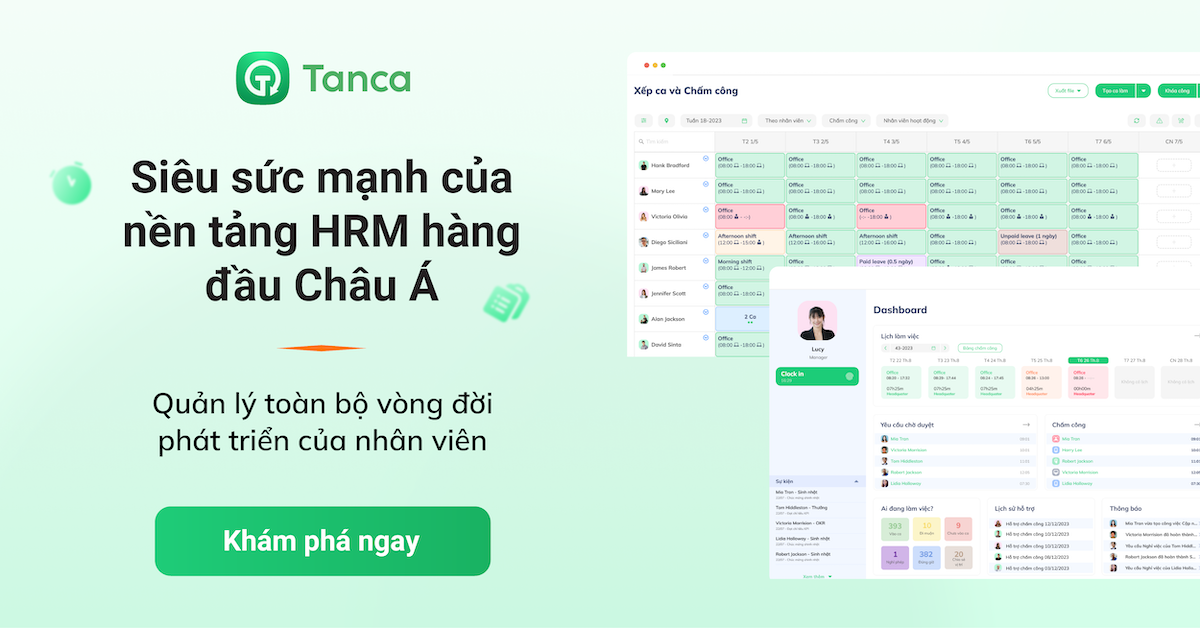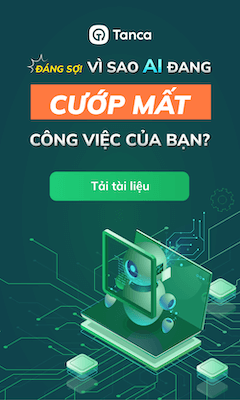HR Service Delivery, as a critical function within a business, plays a fundamental role in the overall employee experience, impacting productivity, retention, and satisfaction. It refers to how human resources activities, ranging from recruitment to performance management, are designed and executed to meet the needs of the workforce efficiently.
Understanding what constitutes retaliation and how it impacts the workplace is crucial for fostering a fair, respectful, and productive work environment. It empowers employees to exercise their rights without fear, while also allowing organizations to mitigate risks, maintain compliance, and uphold their reputations.
What is HR Service Delivery?
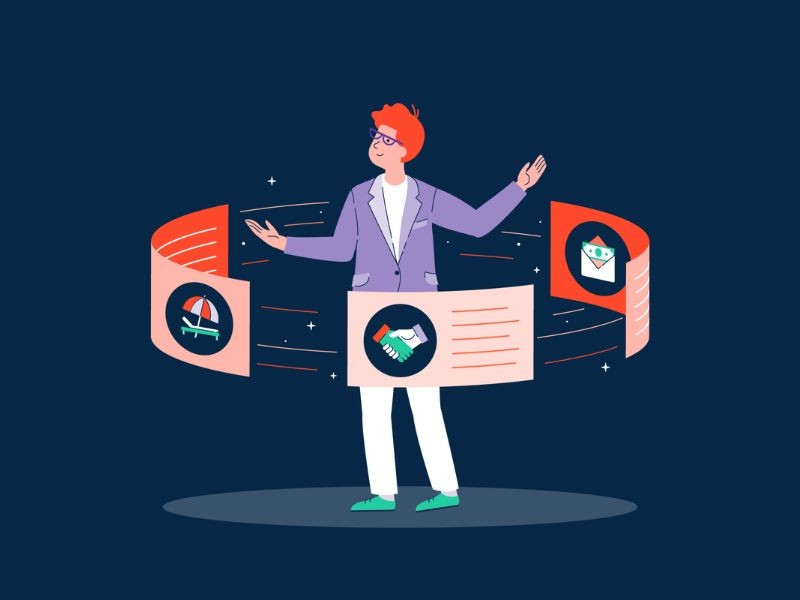
Human Resources (HR) Service Delivery is a holistic approach to managing and optimizing all HR interactions and services within an organization. This concept encompasses every touchpoint between HR and employees, from recruitment and onboarding to performance management, benefits administration, and even exit procedures.
HR service delivery aims to streamline HR operations, foster efficiency and effectiveness, and enhance the overall employee experience. A successful HR service delivery strategy encompasses three main components:
- Technology: Advanced HR tools and software that facilitate smoother, more efficient HR processes.
- People: A capable and committed HR team that drives service delivery and interacts with employees.
- Processes: Effective and well-structured HR procedures that align with organizational goals.
Read more:
- How to Fire an Employee
- 7 Retail HR Challenges and 11 Effective Solutions
- HR Stereotypes: From Misconceptions to Business Solutions
Evolution of HR Service Delivery
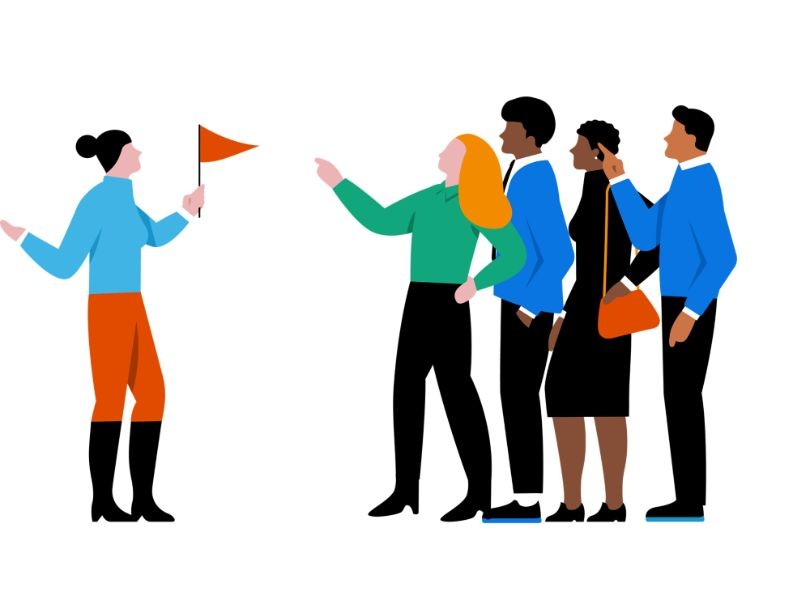
Over the years, HR service delivery has evolved significantly, from a purely administrative function to a strategic player in business success. Early HR models were primarily focused on managing paperwork and maintaining compliance. However, with advancements in technology and the rise of strategic human resource management, the focus has shifted towards creating value for the organization.
Today, modern HR service delivery models aim to enhance the employee experience, foster engagement, and drive business outcomes. HR now has the tools and strategies to offer personalized, on-demand services to employees, reflecting the kind of experiences they might have as customers. This evolution signifies a shift from transactional HR practices to strategic, people-centric approaches.
HR Service Delivery Models
Traditional HR Service Delivery Models
Traditional HR service delivery models often revolve around siloed HR functions, such as recruitment, benefits, and payroll, each with its department and processes. The primary advantage of this model is its simplicity and clear division of roles and responsibilities.
However, the traditional model also has numerous disadvantages. The lack of integration between different HR functions can lead to inefficiencies, inconsistencies, and poor data management. The focus on administrative tasks may divert attention from strategic HR initiatives. Moreover, such a model often provides a disjointed employee experience due to the absence of a centralized service delivery system.
Modern, Technology-Enabled HR Service Delivery Models
Modern HR service delivery models leverage technology to integrate various HR functions, facilitating a seamless, employee-centered HR experience. These models usually involve a combination of centralized services (for efficiency), embedded HR professionals (for tailored advice), and centers of expertise (for deep technical knowledge).
The advantages of this model include improved efficiency, consistency, and data accuracy, along with enhanced employee experience and strategic HR focus. However, implementing a modern HR service delivery model can be complex and requires substantial investment in technology and change management.
Factors to Consider When Choosing a Model for Your Organization
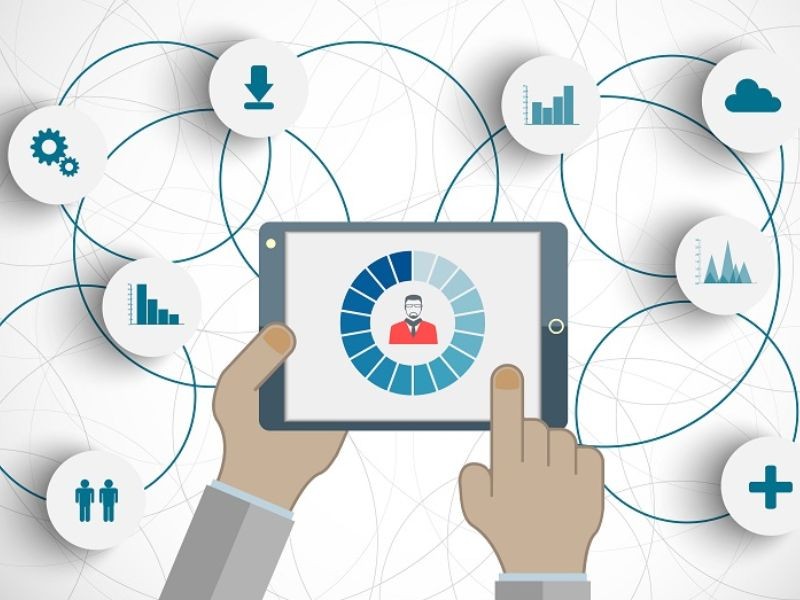
Selecting the right HR service delivery model depends on various factors, including the size and structure of the organization, the nature of the workforce, available resources, and organizational culture. A large, dispersed organization might benefit from a technology-enabled, centralized model, while a small, co-located business might find a traditional, function-based model more effective.
The selection process should involve a thorough assessment of the organization's needs, resources, and strategic objectives. Moreover, stakeholder buy-in is crucial for the successful implementation of any HR service delivery model.
The Role of Technology in HR Service Delivery
HR Software Systems: Features and Benefits
HR software systems, also known as HR Information Systems (HRIS), play a pivotal role in modern HR service delivery. These systems integrate various HR functions into a single platform, automating routine tasks and facilitating data-driven decision making.
A comprehensive HRIS typically includes features for recruitment, onboarding, benefits administration, payroll, performance management, learning and development, and more. It provides an employee self-service portal, enabling employees to access personal data, benefits, policies, and procedures anytime, anywhere.
The benefits of HR software systems are manifold. They enhance efficiency by automating administrative tasks, foster data accuracy and compliance, provide valuable HR analytics, and most importantly, enable a better, more personalized employee experience.
How to Select the Right HR Software System in 2023: A Step-by-Step Guide
Choosing the right HR software system is a significant decision that can greatly impact your organization's HR service delivery. Here is a step-by-step guide to help you make the right choice:
- Define Your Needs: Start by identifying the needs of your HR team, managers, and employees. This could include specific features, integrations, or user experience requirements.
- Research Options: Look for HR software systems that meet your needs. Read product reviews, watch demos, and compare features.
- Evaluate Vendors: Consider the vendor's reputation, customer support, pricing, and the scalability of their product.
- Conduct a Pilot Test: Most vendors offer free trials. Use this opportunity to test the software with a small group of users.
- Seek Feedback and Make a Decision: Gather feedback from the pilot users and use it to make a final decision.
The Significance of Effective HR Service Delivery

How HR Service Delivery Impacts Employee Experience and Engagement
HR service delivery significantly impacts employee experience and engagement. A seamless, efficient, and personalized HR experience can make employees feel valued and engaged, fostering productivity and loyalty. On the other hand, disjointed and inefficient HR services can lead to frustration, disengagement, and even attrition.
Today's employees expect consumer-grade experiences at work. They want HR services to be easily accessible, personalized, and on-demand. By meeting these expectations, organizations can enhance employee engagement and drive better business outcomes.
Quantifying the Business Impact: Efficiency, Compliance, and Strategic Benefits
Effective HR service delivery can drive numerous business benefits. Firstly, it enhances efficiency by automating routine tasks and streamlining HR processes. According to a report by Gartner, automation can reduce HR administrative tasks by up to 40%.
Secondly, an integrated HR service delivery model fosters compliance by ensuring accurate, up-to-date data and adherence to policies and regulations. For instance, Deloitte's 2019 Global Human Capital Trends report found that organizations with an integrated HR service delivery model were 75% more likely to be good at compliance management.
Lastly, by freeing HR from administrative tasks, modern HR service delivery models allow HR to focus more on strategic initiatives. This can include workforce planning, talent management, organizational development, and more, driving significant value for the business.
Best Practices and Future Trends in HR Service Delivery
The What-Who-How Framework
The What-Who-How framework is a useful tool for structuring HR service delivery. 'What' refers to the services provided by HR, 'Who' refers to the providers of these services, and 'How' refers to the methods and channels of service delivery.
An effective HR service delivery strategy should clearly define what services HR provides, who is responsible for delivering them, and how they are delivered. This framework allows HR to streamline its services, define clear roles and responsibilities, and choose the most effective delivery channels.
Empowering Employees with Self-Service Options
Self-service options are a key component of modern HR service delivery. These allow employees to access HR services anytime, anywhere, improving efficiency and user experience. Key considerations when implementing self-service options include user-friendliness, mobile accessibility, security, and data accuracy.
Maintaining the Human Element in an Increasingly Digital HR Landscape
As HR becomes more technology-driven, it's crucial to maintain the human touch. HR technology should serve to augment human interaction, not replace it. HR professionals need to leverage technology to free up their time for high-touch, strategic tasks that require human judgment, empathy, and expertise.
Emerging Trends
Emerging trends like AI, automation, and personalization are transforming HR service delivery. AI and automation can streamline HR processes, predict future trends, and provide personalized, on-demand services. Personalization, driven by AI and data analytics, allows HR to offer tailored experiences to employees, boosting engagement and satisfaction.
Challenges and Solutions in HR Service Delivery
Common Pitfalls in Implementing HR Service Delivery Models
Implementing HR service delivery models comes with its challenges. Common pitfalls include lack of stakeholder buy-in, inadequate change management, choosing the wrong technology, and neglecting the user experience. Each of these can derail your HR service delivery implementation and limit its benefits.
Strategies for Overcoming Challenges: Insights from HR Experts
To overcome these challenges, HR leaders suggest gaining stakeholder buy-in early, investing in thorough change management, choosing technology that fits your needs and capabilities, and prioritizing user experience in every decision. Additionally, ongoing monitoring and adjustment can help ensure that your HR service delivery model remains effective and relevant.
Checklist for a Successful HR Service Delivery Implementation
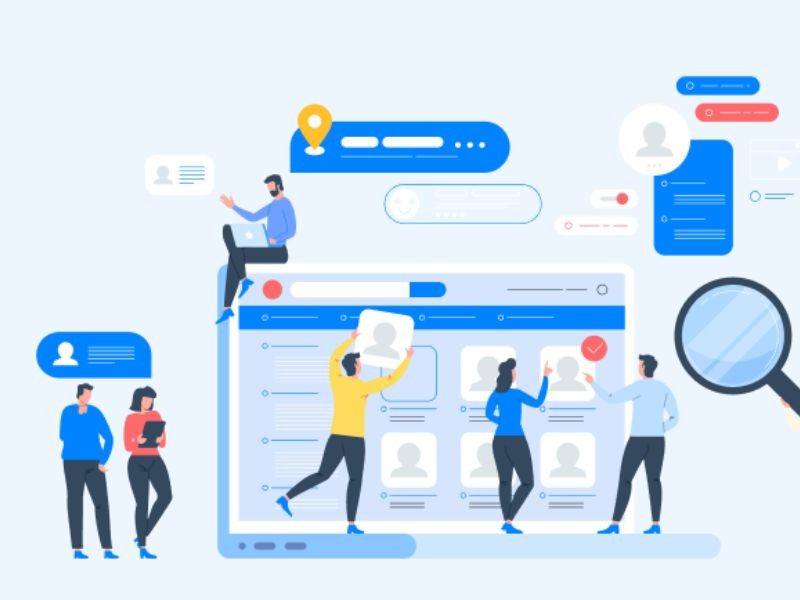
A successful HR service delivery implementation requires careful planning, execution, and monitoring. Here is a checklist to guide your implementation:
- Define clear goals and objectives for your HR service delivery model.
- Secure buy-in from all stakeholders, including HR, managers, and employees.
- Choose the right technology to support your service delivery model.
- Invest in change management to ensure a smooth transition.
- Prioritize user experience in every decision.
- Regularly monitor and adjust your service delivery model to ensure it continues to meet your needs and objectives.
- In-Depth Case Studies: Learning from Real-world Implementations
FAQs
What are the objectives of HR service delivery?
The objectives of HR service delivery are to streamline HR processes, enhance employee satisfaction and engagement, ensure compliance with regulations, optimize resource allocation, and align HR practices with strategic organizational goals. By achieving these objectives, organizations can create a positive work environment, support employee development, and contribute to overall business success.
What is ServiceNow HR service delivery?
ServiceNow HR service delivery is a comprehensive software platform designed to streamline and optimize HR service delivery processes. It provides a centralized system for managing HR tasks, automating workflows, and offering self-service options for employees. ServiceNow HR service delivery helps organizations enhance efficiency, improve employee experience, and align HR practices with strategic objectives.
Conclusion
In conclusion, HR Service Delivery plays a vital role in driving organizational success by ensuring that the needs of the workforce are met effectively and efficiently.
By implementing best practices, leveraging technology, and focusing on continuous improvement, businesses can enhance their HR functions and create a positive employee experience.
To delve deeper into the realm of HR and stay updated on the latest industry trends and practices, we encourage you to explore more of other Tanca informative articles. Read more of our insightful posts by visiting our website, and stay ahead in the ever-evolving world of HR.

